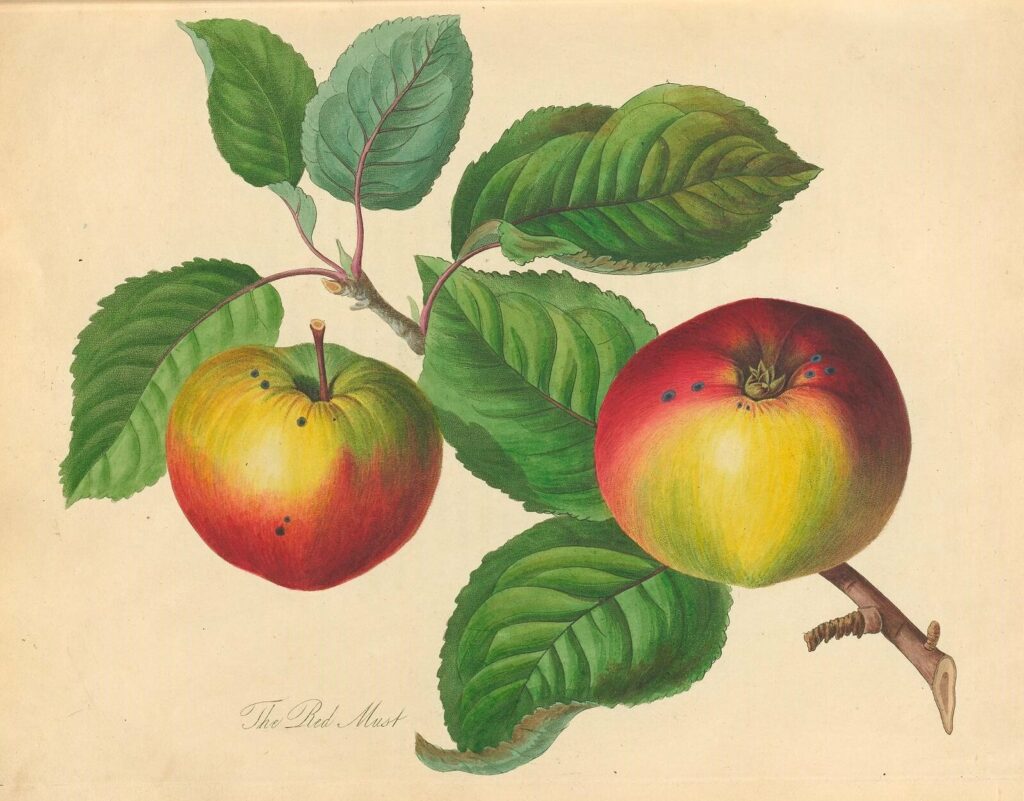Imagine, for a moment, a world without garlic: garlic-free garlic bread, tzatziki sans Allium sativum, a chili crisp defanged. If this sounds like the makings of a horror story to you, you’re not alone. Garlic consumption in the U.S. has quadrupled since 1980, and people around the world have been enjoying the stuff for thousands of years. But alliums smell like sulfur, and sulfur is something humans are born *not* liking—so why did we start adding garlic, onions, and their kin to our food? This episode, we join microbiologist Rob Dunn and food safety specialist Ben Chapman to follow along as they conduct the world's first experiment designed to figure out whether alliums started out as a food safety additive designed to keep our lamb stew safe for longer, and only later turned into a flavor we crave. Plus, why did the British government send garlic to the trenches in WWI? What do fetal sniffing, Egyptian fertility tests, Korean mythology, and the world’s first-recorded labor strike have to do with the stinking rose? Listen in now for all this and more!
…More
